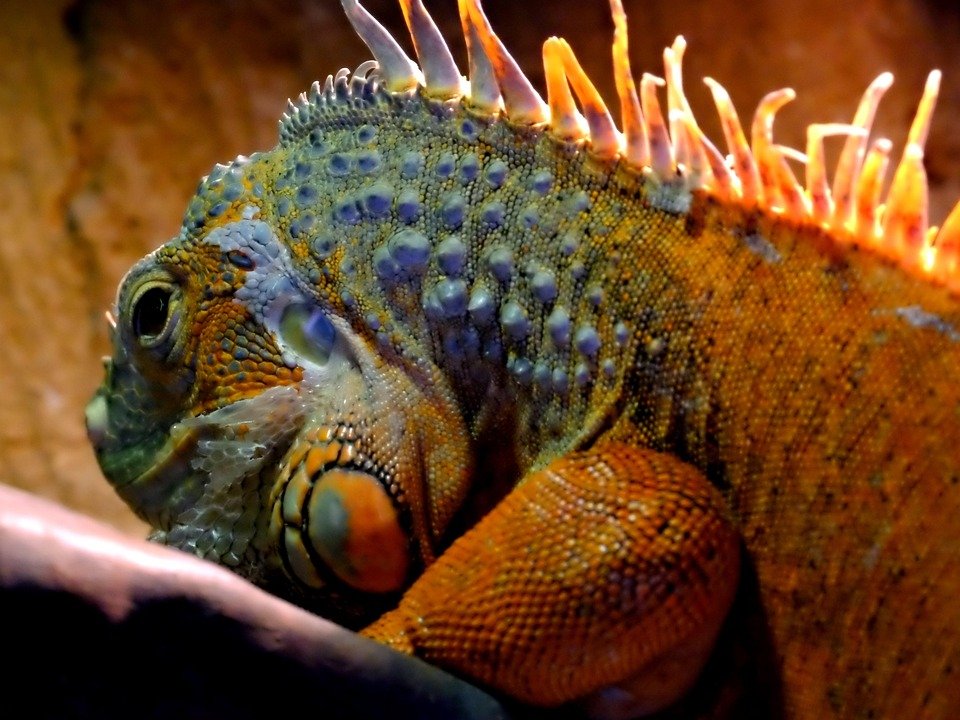
Understanding Cat Shedding
Cats are known for their fastidious grooming habits and beautiful coats. However, with those coats comes shedding. Shedding is a natural process where cats lose old and damaged hair. While some shedding is normal throughout the year, excessive shedding can be a cause for concern, signaling health issues or poor grooming habits.
Causes of Shedding in Cats
Understanding the causes of shedding can help you manage it effectively. Here are some common reasons why cats shed:
Seasonal Shedding
Cats often shed more during spring and fall as they adapt to changing temperatures. In spring, cats shed their heavier winter coats, while in fall, they prepare for the thicker coat required for colder months.
Health Issues
Excessive shedding can indicate health problems such as allergies, parasites, or skin infections. It can also be a symptom of stress, hormonal imbalances, or poor diet.
Breed Characteristics
Some breeds, like Maine Coons and Persians, naturally shed more due to their longer, denser coats. Understanding your cat’s breed can help you anticipate and manage their shedding patterns.
Effective Tips for Managing Shedding
Managing shedding requires a combination of grooming, nutrition, and environmental adjustments. Here are some effective tips:
Regular Brushing
Regular brushing is one of the most effective ways to manage shedding. It removes loose hair and prevents it from ending up on your furniture and floors. Depending on your cat’s coat, you might need a specific type of brush:
- Slicker brushes: Suitable for long-haired cats, these brushes help remove tangles and mats.
- Bristle brushes: Ideal for short-haired cats, they help distribute natural oils and remove loose fur.
- Deshedding tools: Tools like the FURminator are effective for reducing shedding by reaching undercoats and removing loose fur.
Brush your cat at least once or twice a week, increasing frequency during shedding seasons.
Diet and Nutrition
A balanced diet rich in essential nutrients can significantly impact your cat’s coat health. Ensure your cat’s diet includes:
- Omega-3 and Omega-6 fatty acids: These promote healthy skin and a shiny coat, reducing shedding.
- High-quality protein: Cats are obligate carnivores; thus, a diet rich in animal proteins supports coat health.
- Vitamins and minerals: Vitamins like A and E, zinc, and biotin contribute to overall skin and coat health.
Consult your veterinarian to choose the right diet for your cat’s specific needs.
Hydration
Proper hydration is essential for maintaining skin and coat health. Ensure your cat has access to fresh, clean water at all times. Consider incorporating wet food into their diet for additional moisture intake.
Bathing
While cats are self-groomers, occasional baths can help reduce shedding. Use a cat-specific shampoo that is gentle on their skin. Do not over-bathe, as it can strip natural oils and lead to dry skin, exacerbating shedding.
Controlling Parasites
Parasites such as fleas and mites can cause itching and increased shedding. Regularly check your cat for parasites and use appropriate preventive treatments as recommended by your veterinarian.
Environmental Control
Maintaining a clean living environment can help manage shedding. Vacuum regularly and use air purifiers to capture loose fur and dander. Providing a comfortable resting area with washable bedding can also help contain shedding.
Reduce Stress
Stress can contribute to excessive shedding in cats. Create a calm environment, provide enrichment activities, and establish a consistent routine to help reduce stress levels. If you suspect stress is a factor, consult your veterinarian for advice on behavior modification or calming products.
Regular Veterinary Check-ups
Regular veterinary visits are crucial for monitoring your cat’s overall health. Your vet can identify underlying health issues contributing to excessive shedding and provide appropriate treatment.
Special Considerations for Long-haired Cats
Long-haired cats require additional grooming to manage shedding effectively:
- Daily Brushing: Long-haired cats benefit from daily brushing to prevent mats and tangles.
- Professional Grooming: Regular visits to a professional groomer can help maintain a healthy coat.
Conclusion
Managing cat shedding involves a combination of grooming, nutrition, and environmental adjustments. By understanding the causes of shedding and implementing effective strategies, you can minimize shedding and keep your cat’s coat healthy and beautiful. Regular veterinary check-ups will ensure any underlying health issues are addressed promptly, allowing your feline friend to enjoy a comfortable and happy life.






